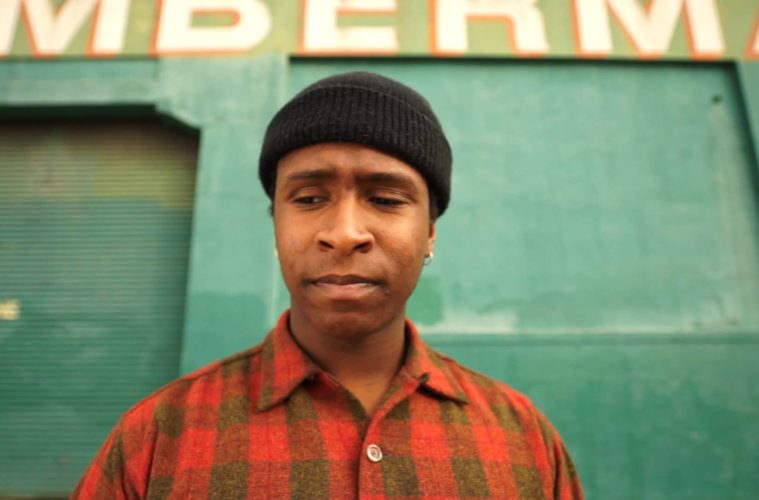The impetus for The Last Black Man In San Francisco in 2019 makes a lot of sense. Cities like San Francisco have been changing, due to an influx of mostly young, mostly white people in (sometimes) newer forms of industry coming in and buying up land and buildings and neighborhoods. The result is displacement for a great deal who have lived in these places for their whole lives, in many cases their parents and grandparents before them. Director Joe Talbot, co-writing the script with star Jimmie Fails and Rob Richert, is a San Franciscan to the core and it shows. There’s a love for the city that’s only matched by a conflicted hate for all the change. Jimmie (Fails) has a line that says as much.

There is a house in the city that Jimmie’s grandfather built, a beautiful Victorian structure with a witch’s hat up top and a million other lovely details. In the 1990s, Jimmie’s father (Rob Morgan) lost it. Now, Jimmie and his friend Mont (Jonathan Majors) stop by the house every so often to touch it up, much to the dismay of the current occupants. Once family trouble leaves the house empty again, Jimmie and Mont move in, determined to make it for good.
A beautiful score from Emile Mosseri and some memorable lensing from Adam Newport-Berra do quite a bit for a story that never really becomes a story. Jimmie and Mont’s friendship has plenty to invest in and the two actors do top-notch work. The subject matter is immediate and engaging. But the structure of this film is languid to the point of aggravation. Scenes linger on a minute too long and then another sequence later on achieves the same point. It’s clearly the intention to capture these lives fully and to find the style and grandeur within ordinary moments, which is admirable. Ultimately though, Talbot seems reticent to trim down this piece into a streamlined narrative that will hold attention from start to finish.

Everything is here, but it’s too much of all of it. Danny Glover is lovely as Mont’s grandfather and Morgan burns down a memorable spat of dialogue in which he tries to convince Jimmie to forget their old home. Finn Wittrock shows up as a real estate broker with ulterior motives. As he puts it to Jimmie later in the movie: “At least I’m from San Francisco, right?” Talbot and co. understand the complexities of gentrification and explore the nature of it with clear eyes. There’s no sense of solution here. Mostly, all of it is just sad.
As Jimmie must come to terms with what’s happening, so must the friend and family around him. An off-screen event in the third act forces all of the main characters together for a central scene that lacks the pop it promises. For all of its faults, however, The Last Black Man In San Francisco has a big heart and will introduce the world to some fresh, new creative voices.
The Last Black Man In San Francisco premiered at the Sundance Film Festival and opens on June 7.
Follow our festival coverage here.

